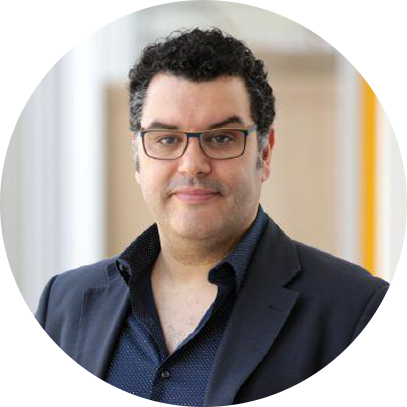
2020 was a year of challenge and change. With COVID-19 came months of uncertainty, strife and death. The Zuckerman Institute (ZI) was not immune to its effects. Despite this, we acted fast in the wake of its spread. By early March we had an action plan: Team members who did not have to be on-site transitioned to working from home and, due to our state-of-the-art building, researchers conducting critical experiments were able to continue their work while observing enhanced safety measures.
Not surprisingly, our researchers and staff sprang into action to fight COVID-19. We utilized our in-house 3D printers to create PPE for the local community and businesses, helped run a weekly symposium for international researchers to share their COVID-19 knowledge with Columbia, donated unused PPE, worked to create at-home COVID-19 test kits, developed a way to combat the virus by using antibodies collected from those who have recovered, volunteered on the frontlines at NewYork-Presbyterian and more. These efforts showcase the heart of our people and illustrate the value we hold in our mission of science for humanity.
In the midst of COVID-19 we saw demonstrations of anti-Black violence, reminding us that our society is pervaded by structural racism and systemic inequality of basic human rights. This reaffirmed our need to do more.
After a period of self-reflection and support for Institute members, we began to enact change. We committed resources to support Black and other underrepresented minority students and fellows and created a ZI Diversity, Equity and Inclusion (DEI) Board. The Board, consisting of members from the Institute, Columbia and key partners, worked with researchers and staff to identify goals for the Institute and actionable steps that we have already begun to take to be more diverse and equitable. We also welcomed a Scholar-in-Residence, who has extensive research experience in the psychological underpinnings of bias, to help develop frameworks for recognizing and reducing bias, prejudice and racism.
Through all of this, we continued to search for new knowledge and do the transformative research we were made to do. Our diverse team of researchers worked together and utilized our advanced tools and technologies to make the discoveries you’ll read more about below. In the face of challenges, our Institute adapted, evolved and flourished.
Throughout this time, we benefited from the support of our many community members and friends who stepped up to stand with science, from Brain Trust members to Friends Fund donors to loyal event participants and the students and teachers who bring our programs to life.
Here, in our first-ever year in review, you will see highlights from 2020, from our scientific advancements to our institutional growth. As we move forward, we look forward to what else we will uncover in our search for answers to the brain’s mysteries.
At the Zuckerman Institute, we believe that transformative science can change the world. This belief drives everything we do.
We invest in people at all career stages. Our students broke new ground in the lab this year, from a pair of undergraduates who used Nobel Prize-winning tech to examine a toxic protein linked to Alzheimer’s disease in unprecedented detail, to a graduate student duo who uncovered a fundamental mechanism underlying color vision.
We develop new tools and technologies to push the envelope of what we can see in the nervous system. A fitness tracker for flies built by the Zuckerman’s Advanced Instrumentation team provided evidence that startling situations trigger serotonin, while the SCAPE microscope technology, invented at the Zuckerman Institute, illuminated how cancer cells disrupt the brain, how the nose detects odor combinations and how nerve cells respond to muscle movements.
We foster collaboration. In 2020, we explored how the brain computes and how computers could be inspired by the brain by bringing together theorists and experimentalists. New investigations into the mental mathematics that make thought possible showed us how electric fish sense their environment, identified unexpected brain regions that integrate information and revealed how cells work together to help us make decisions.
How you piece together everything you see, hear, touch, taste and smell as you experience the world
Axel | Behnia | Bendesky | Bruno | Das | Dodd | El-Shamayleh | Ferrera | Gadagkar | Goldberg | Gottlieb | Grueber | Issa | Kohwi | Kriegeskorte | Lomvardas | Marlin | Mason | Mesgarani | Miller | Qian | Salzman | Sawtell | Woolley | Zuker
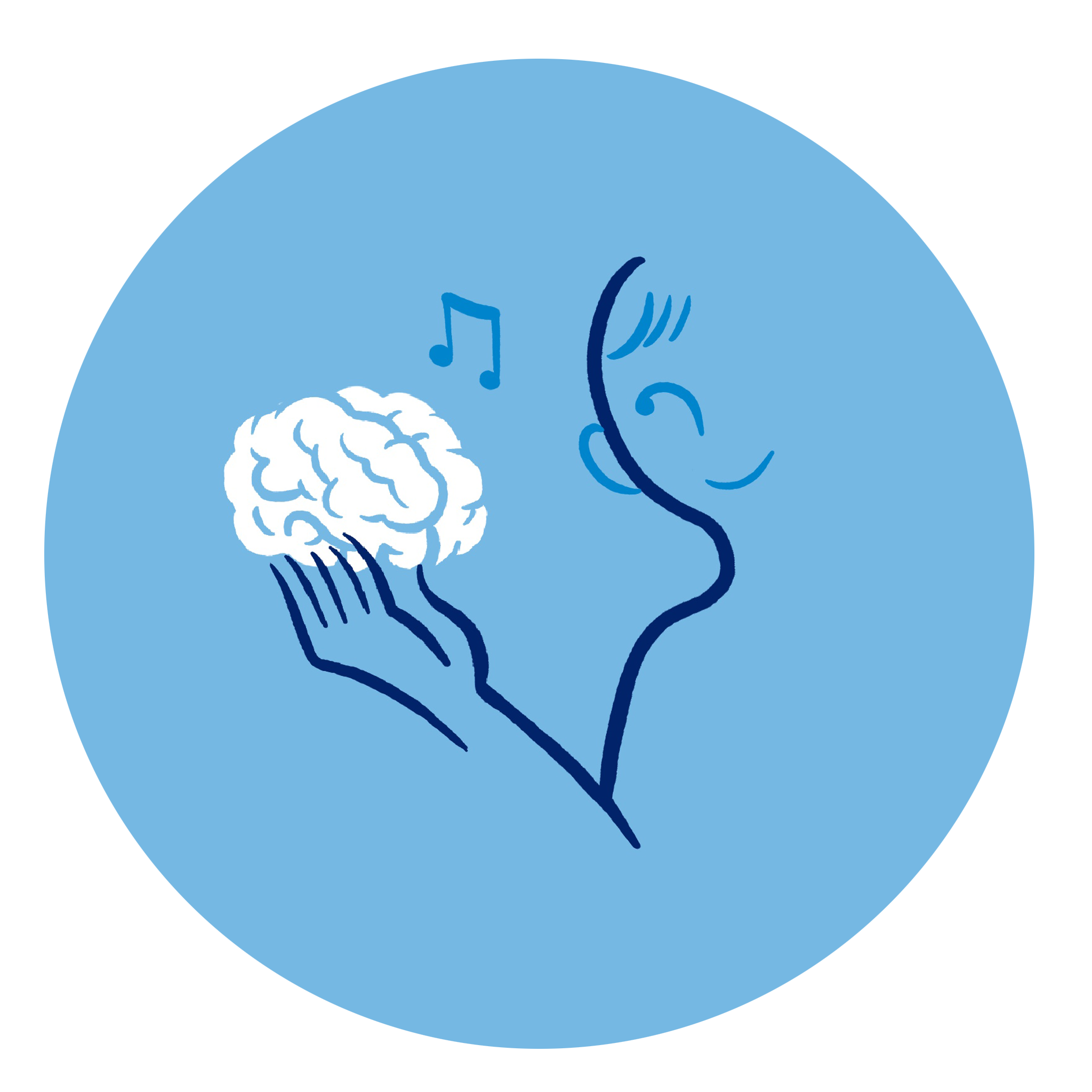
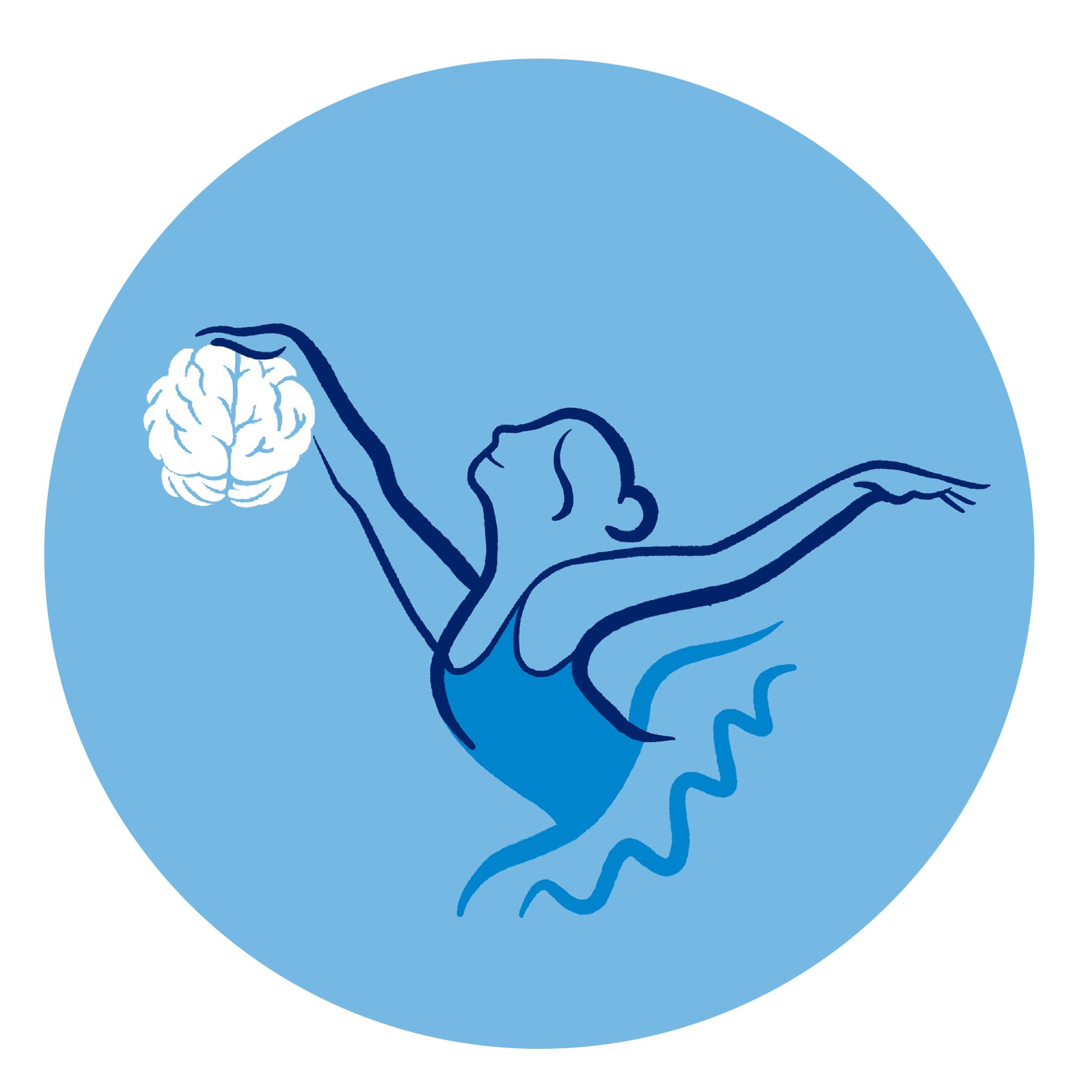
How the brain controls the movements of the body, voluntary and involuntary
Churchland | Costa | Ferrera | Gadagkar | Goldberg | Hillman | Maniatis | Mann | Qian | Sawtell | Shadlen | Wolpert
How you form the memories that make up your life and learn from your experiences
Abbott | Aronov | Axel | Costa | Ferrera | Fusi | Gadagkar | Goldberg | Gottlieb | Issa | Kandel | Kriegeskorte | Litwin-Kumar | Losonczy |
Marlin | Salzman | Shadlen | Shohamy | Siegelbaum | Woolley
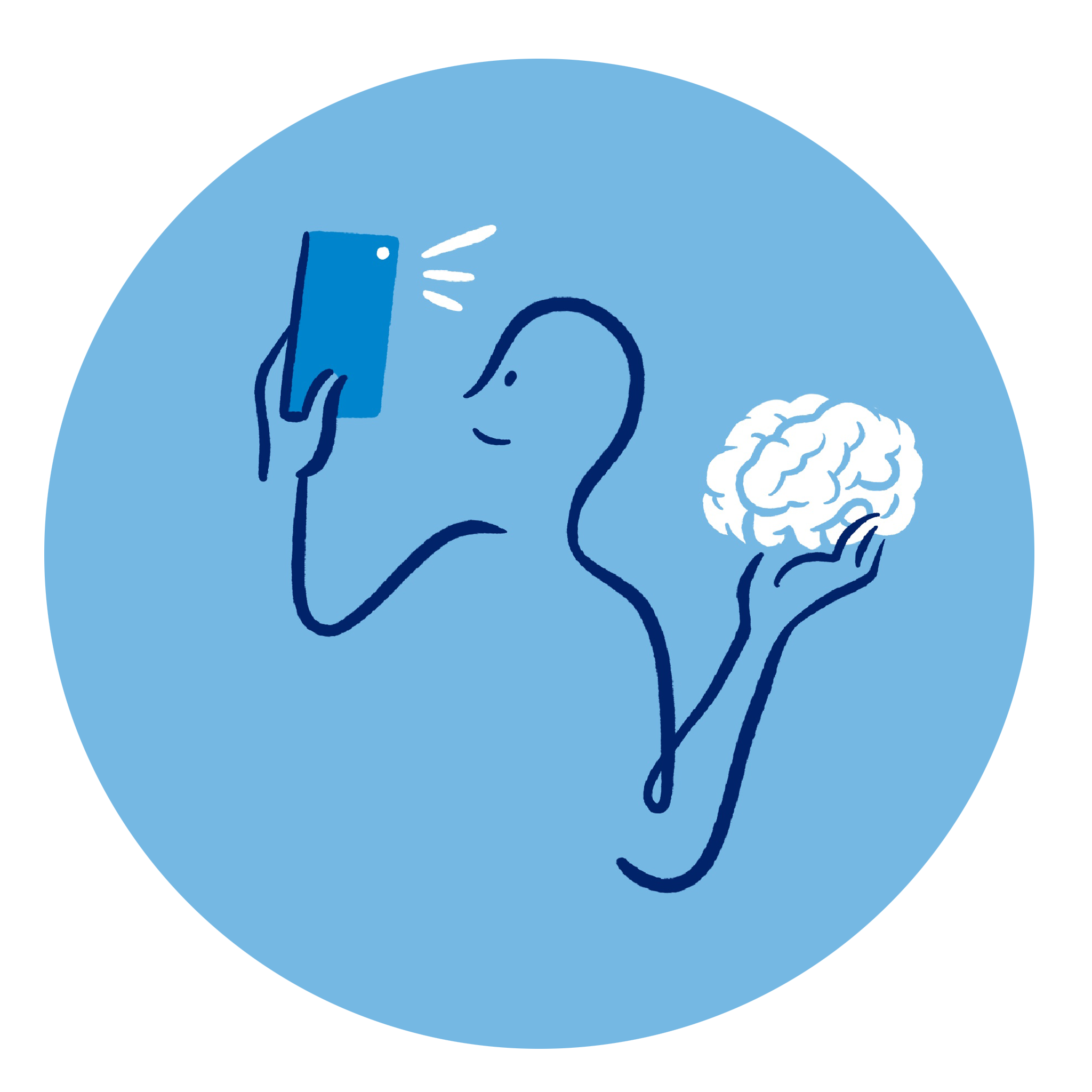
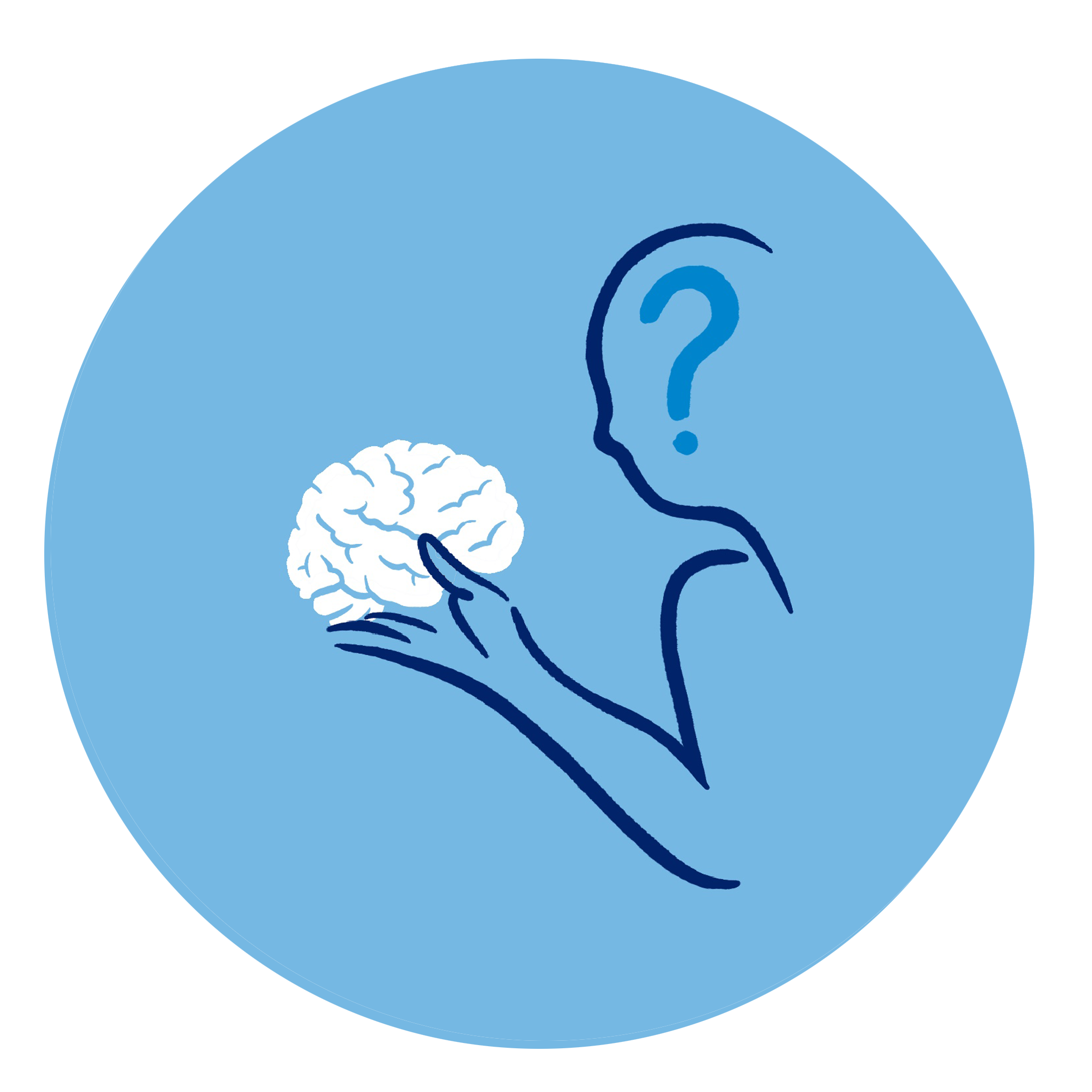
How the choices that drive you to action are influenced and made
Axel | Bendesky | Costa | Ferrera | Gadagkar | Gottlieb | Salzman | Shadlen | Shohamy | Wolpert
How we use mathematical models and techniques to help us understand the information processed by the brain
Abbott | Churchland | Cunningham | Fusi | Gadagkar | Honig | Issa | Kriegeskorte | Litwin-Kumar | Mesgarani | Miller | Paninski | Shadlen | Wolpert
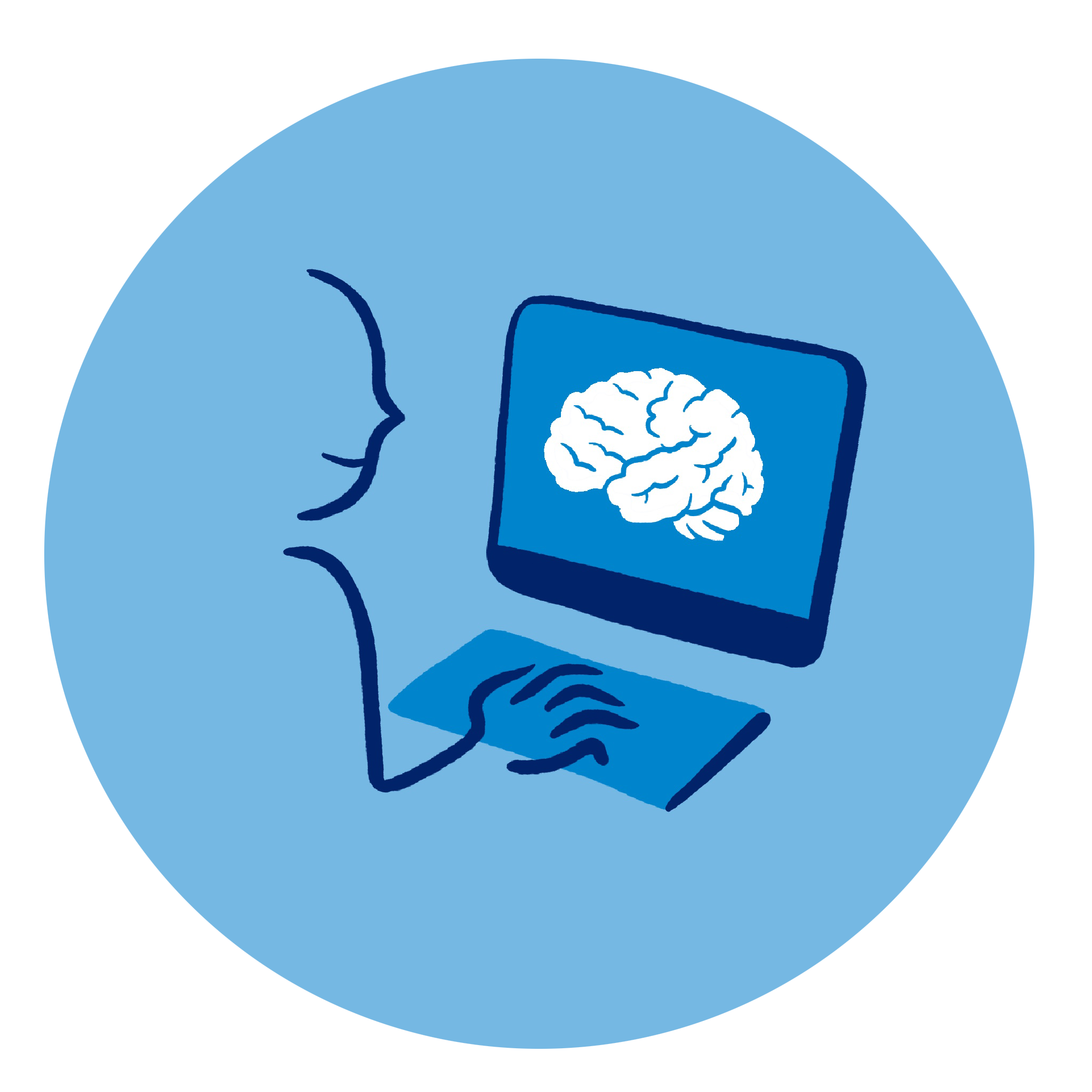
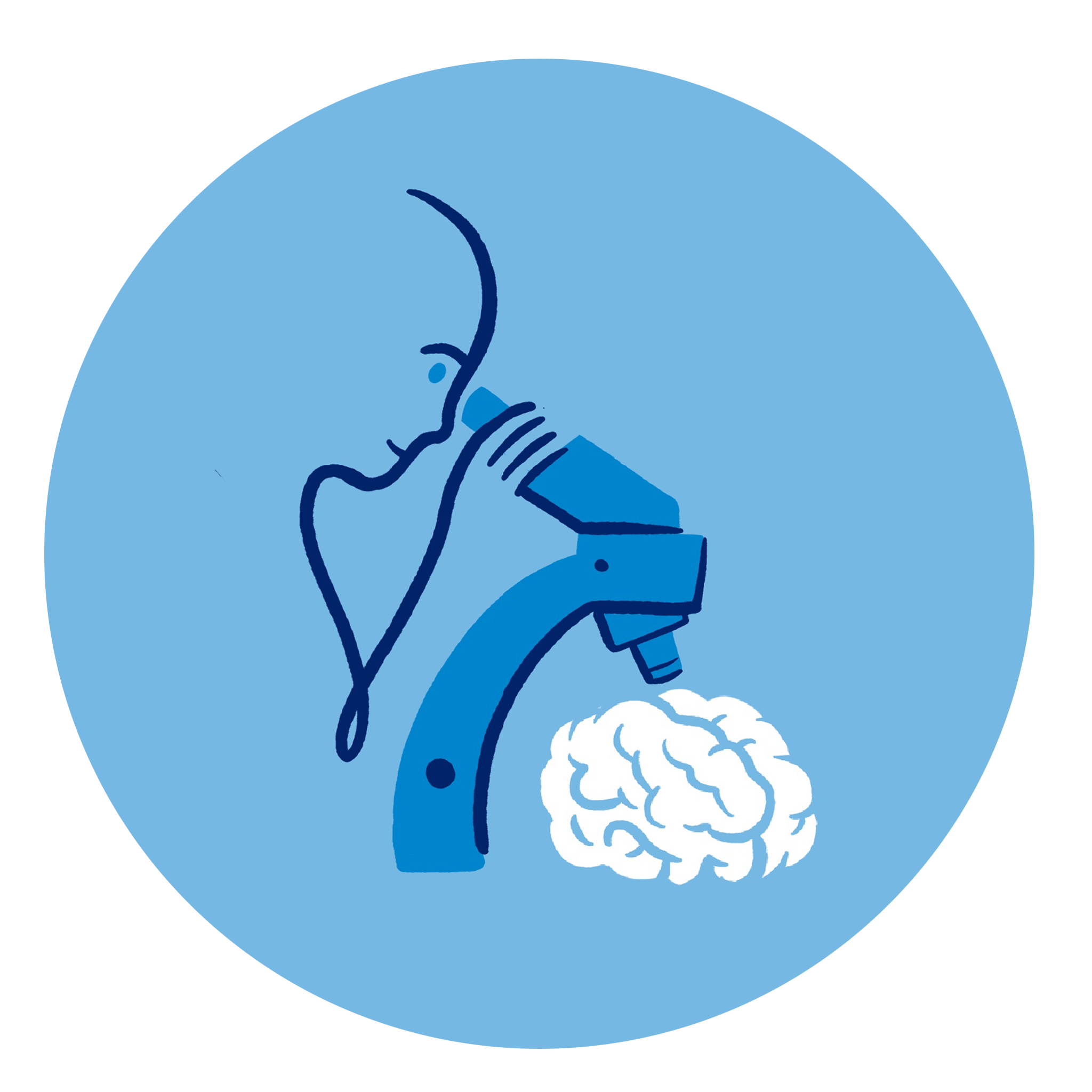
How we facilitate technical innovations that show us new ways to think about mind, brain and behavior
Axel | Bruno | Churchland | Costa | Cunningham | El-Shamayleh | Fitzpatrick | Fusi | Hillman | Kriegeskorte | Losonczy | Mann | Mesgarani | Paninski | Peterka | Polleux | Tabachnik | Vaughan
Our approach to decoding how genes provide the blueprints for the brain through growth and through repair, in health and in sickness
Axel | Bendesky | Fitzpatrick | Gogos | Honig | Lomvardas | Maniatis | Polleux | Shapiro | Struhl | Tomlinson | Zuker
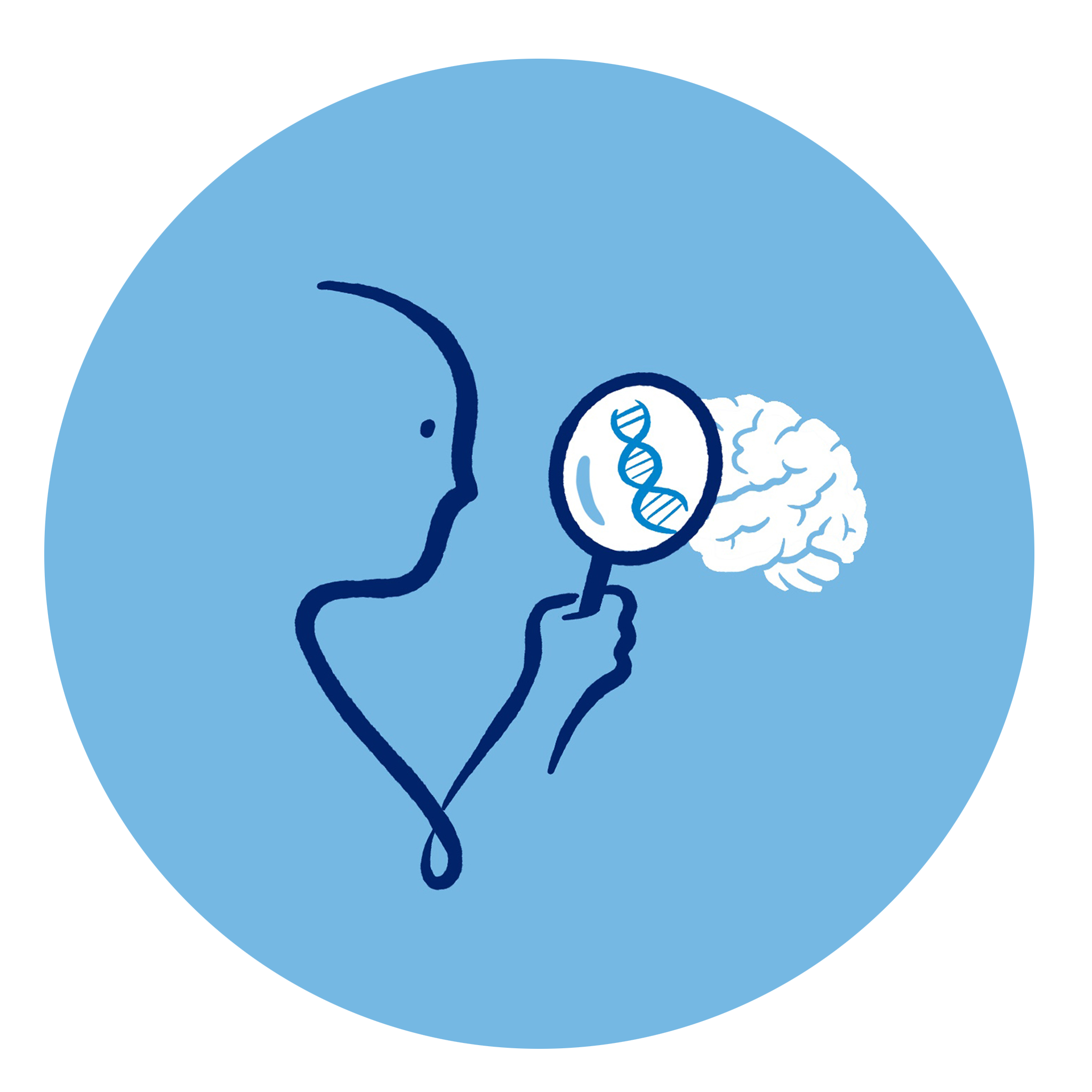
Balaguer | Brenner-Morton | Ng | Peterka | Schieren | Shoulson | Tabachnik | Vaughan
Our in-house teams of experts work hand in hand with scientists to develop the tools and services that help drive discovery. Our platforms include:
Advanced Instrumentation
Cellular Imaging
Custom Antibody Services
Custom Genetic Access Services
Flow Cytometry
Putting our building resources to work
The state-of-the-art Jerome L. Greene Science Center houses key tools and resources that allowed our researchers to pivot to COVID-19 research and relief efforts.
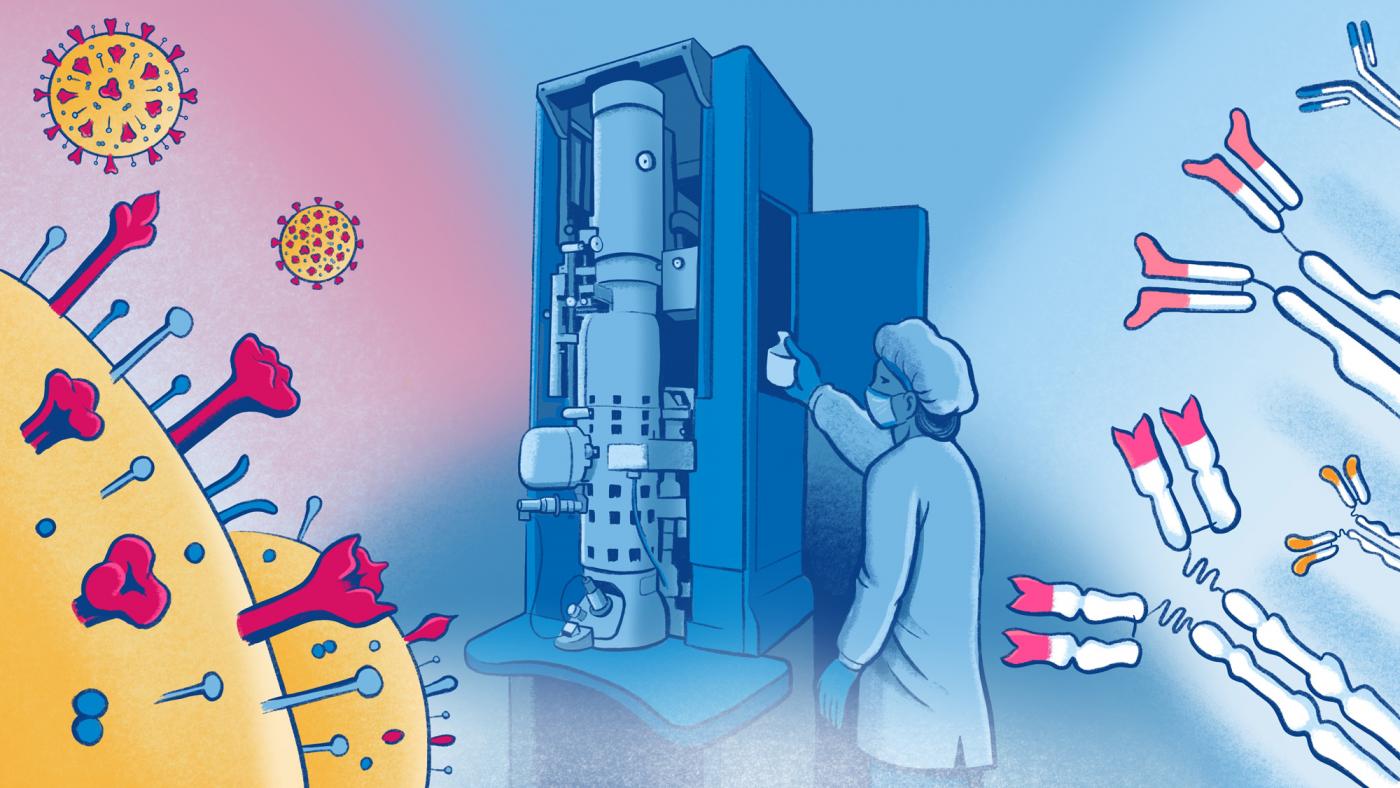
As the world raced for a COVID-19 vaccine, ZI researchers explored a potential treatment for people who have the virus, using antibodies collected from those who have recovered.
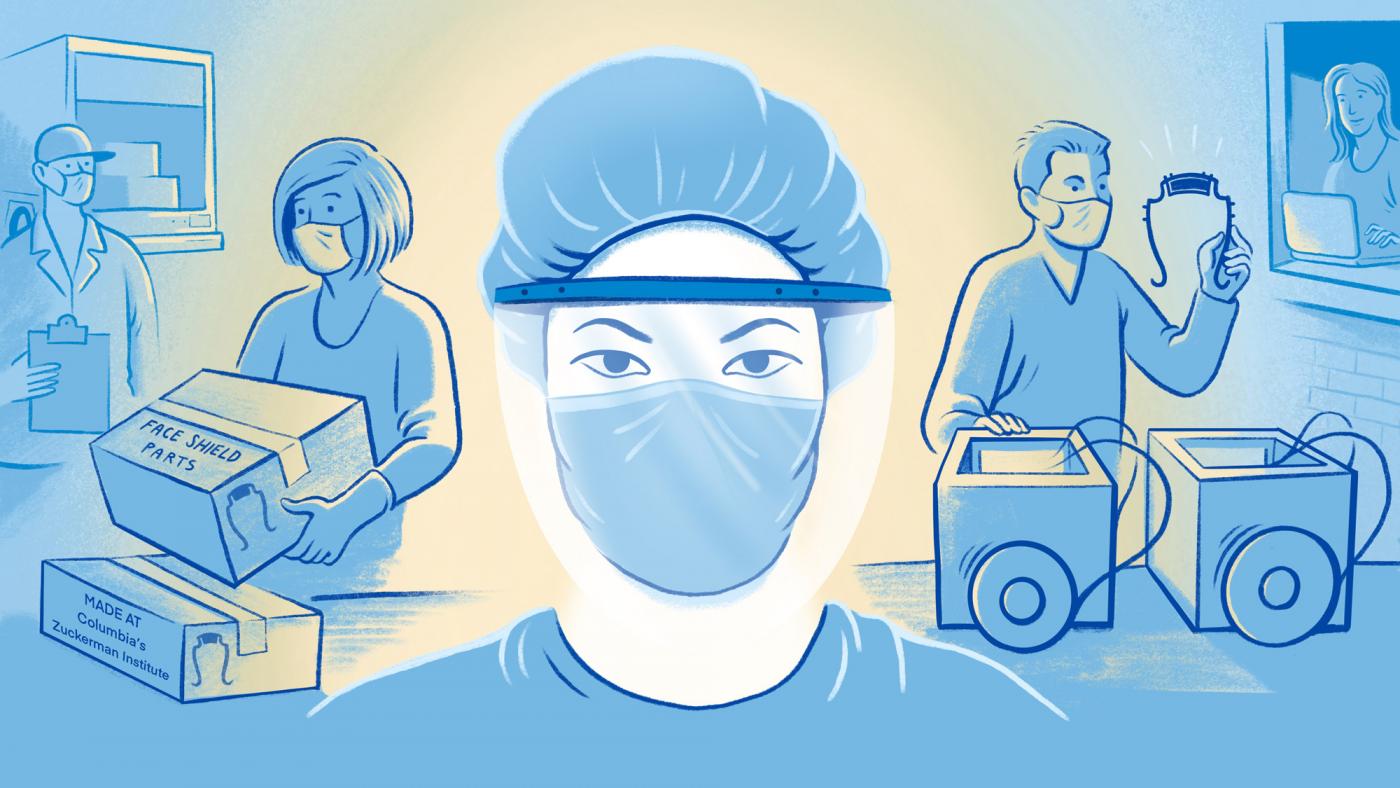
In less than 48 hours, a team of young researchers transformed laboratory workspace into a 3D-printing factory, making protective equipment for healthcare workers in New York, who faced severe shortages of this equipment.
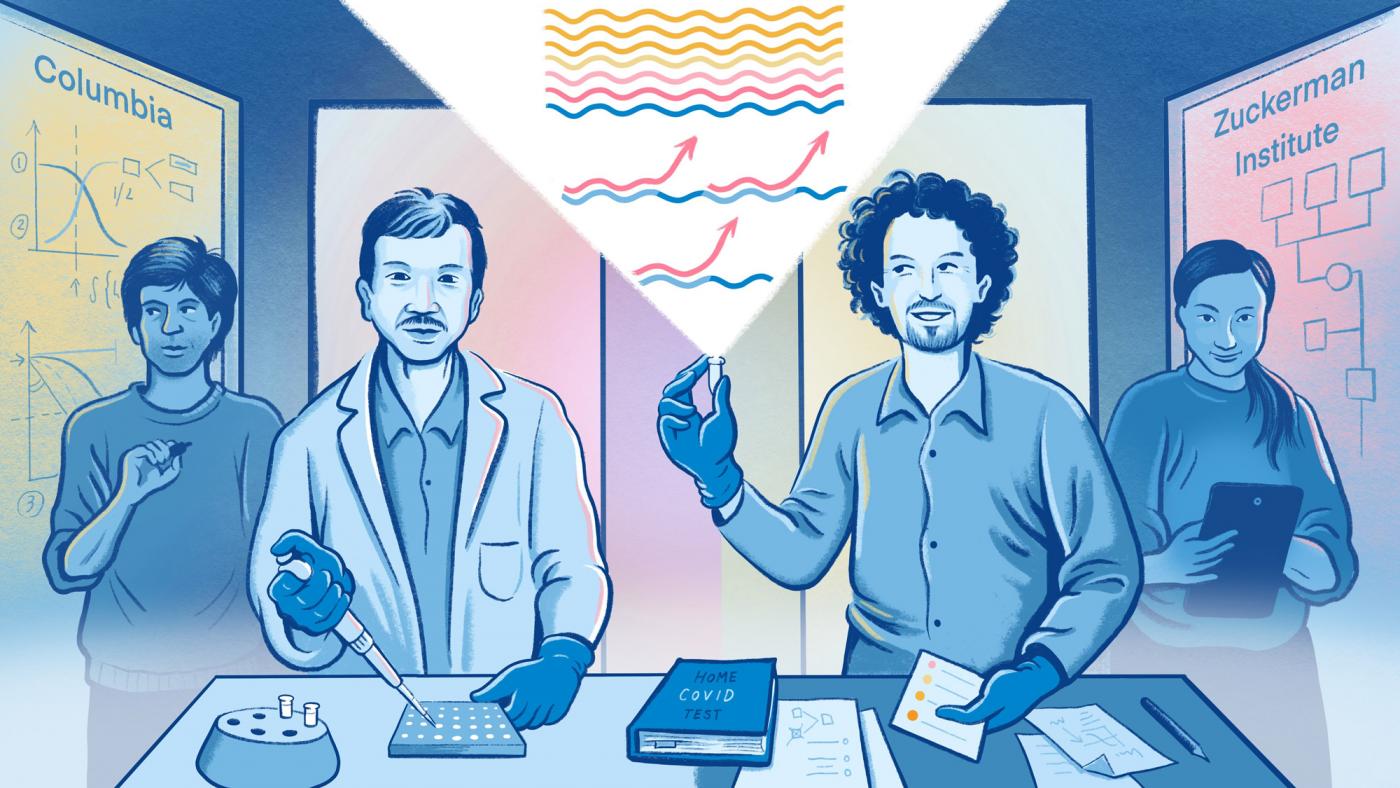
With testing unavailable or inaccessible in the early days of COVID-19, Principal Investigator Andrés Bendesky, PhD, worked to design a test simple, cheap and efficient enough that people could every morning test their saliva themselves to see if they’re infected.
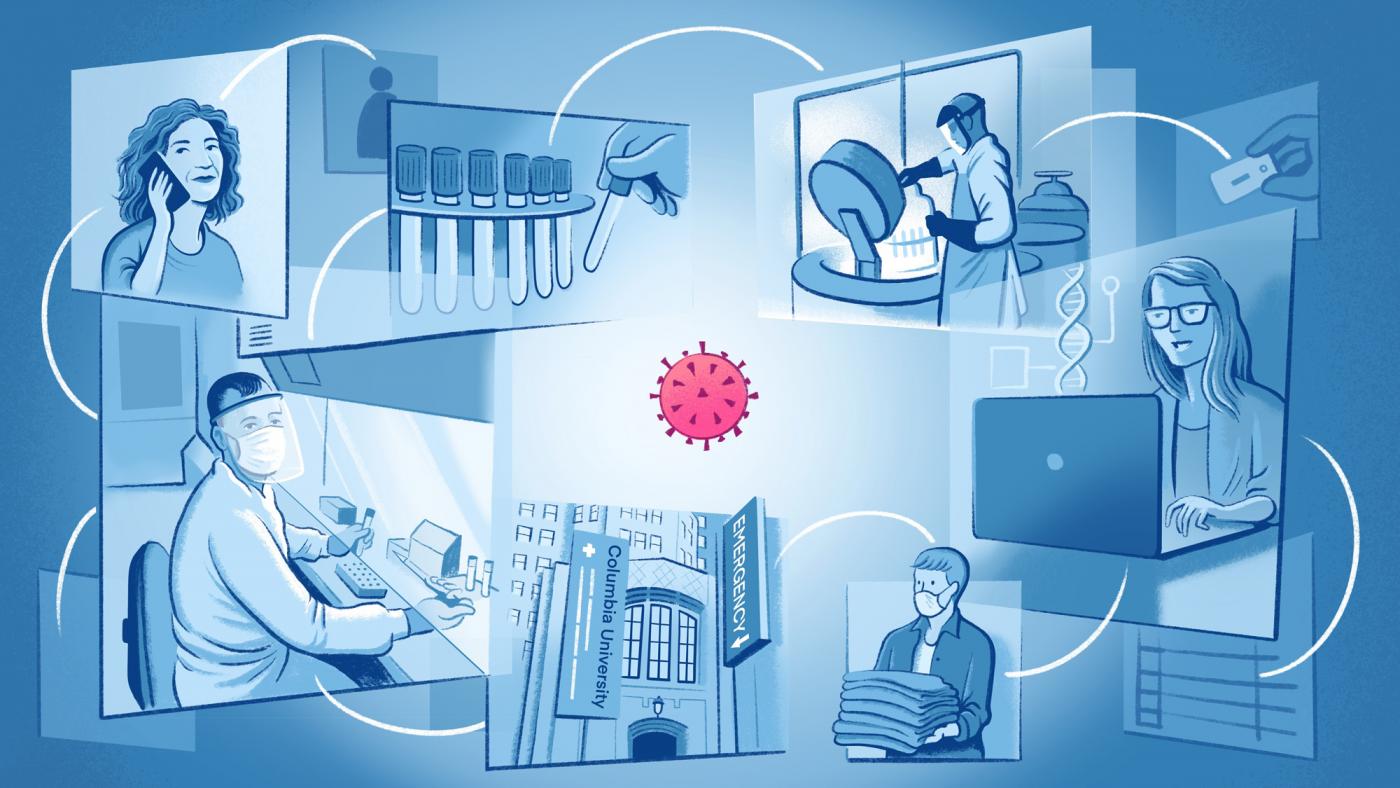
How a young Columbia researcher organized hundreds of scientists to combat coronavirus in a matter of days through Columbia Researchers Against COVID-19, a veritable army of volunteers tackling everything from cataloguing COVID-19 samples for research studies to delivering scrubs to keep healthcare workers safe.
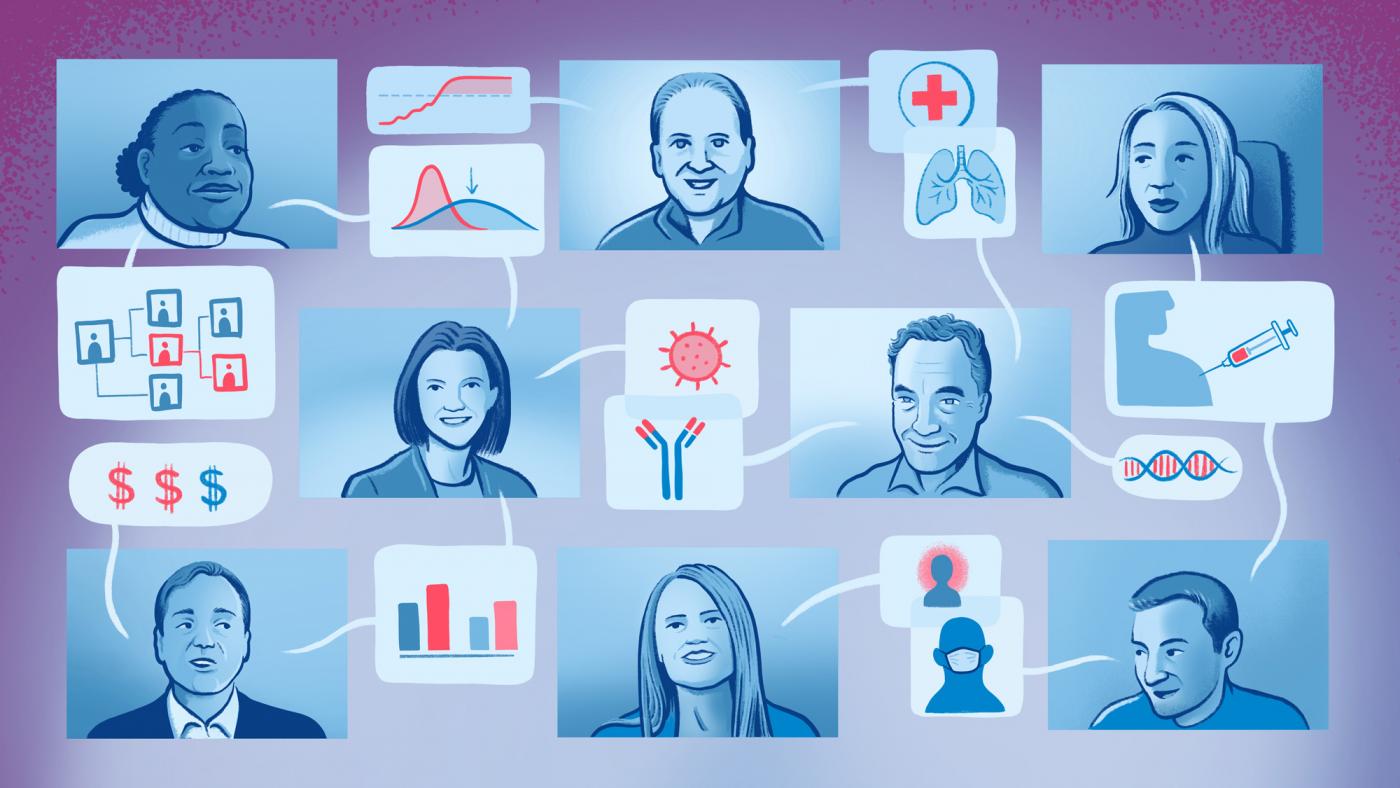
It wasn’t just our researchers working on COVID-19 efforts. Members of teams across ZI jumped in to organize a new virtual series that brought together leading researchers, physicians and scholars from across the world.
Toward a more diverse, equitable and inclusive scientific community
In the wake of national and international protests against anti-Black violence, the Institute reaffirmed its commitment to diversity, equity and inclusion (DEI) with immediate action and a long-term commitment. This focus on DEI extends the Institute’s investment in the research community and broadens opportunities for scientists, no matter their racial or cultural background.
The Institute established a new Diversity, Equity and Inclusion Board, composed of members from within and outside the Zuckerman Institute who represent important and diverse constituents of the Institute (including graduate students, postdocs, faculty and staff) and connect the efforts to the broader University landscape. The Board advises Institute leadership on the best practices and structures that contribute to a more inclusive and diverse place of scientific discovery. Ideation and strategy from the Board is supported by ad hoc DEI work groups and ZI administrative teams to permanently integrate the actions into the Institute infrastructure.
The Institute committed to concrete progress toward a more diverse, inclusive and equitable research environment. Major actions completed based on these commitments included (1) setting up the DEI board and establishing its top priorities, (2) beginning anti-bias trainings open to everyone at the Institute and (3) expanding and formalizing the committees and communities that advise ZI Direction to ensure representation of the diverse constituents of the Institute.
Dr. Crawford, a pediatric and clinical psychologist with a private practice in Manhattan and the former director of the Trauma-Informed Care Program at Montefiore Medical Group, joined the Zuckerman Institute as a Scholar-in-Residence. Between September and December, she engaged in 78 individual consultations and ran 25 group meetings or presentations to help individuals and groups recognize and reduce bias, prejudice and racism. Her work at the Institute continues into 2021.
The Zuckerman Institute invests in our scientific community by fostering an intellectually rich and professionally supportive environment to propel bold ideas and breakthroughs. Our programs aim to support collaboration, enhance skills development and build community among researchers at diverse career levels. Our administrative teams centrally organize seminars, symposia, workshops and other events in line with the scientific, intellectual and academic priorities of the Institute.
A major focus of activities is supporting trainees in developing skills and confidence as STEM professionals who can become the next generation of leaders in any career track. Activities are targeted to the Zuckerman Institute’s scientific community as well as to the broader Columbia University neuroscience community and beyond.
In 2020, we launched the Zuckerman Institute Postdoctoral Program, providing career stage-specific support to advance the postdocs’ scientific training and support their professional growth. The first new programs to launch under the umbrella of the Postdoctoral Program framework were the Personal Board of Advisors for Postdocs and the Postdoc Peer Network. These programs built upon an existing suite of programs targeted to postdocs and early career researchers more broadly, with their format modified to make them happen efficiently in a virtual environment.
Central efforts to enhance the training environment at the Zuckerman Institute complement the community-led efforts of the Zuckerman Trainee Advisory Committee (ZTAC), a group of postdocs and graduate students who work together to improve trainee programs and life at ZI by addressing a range of issues, including work benefits, mentorship, career development, training workshops, social events and ZI workplace culture. ZTAC works closely with ZI leadership, and especially the Programs Office, to advocate for the needs and concerns of ZI postdocs and graduate students.
The flagship venue at Columbia for invited speakers from local, national and international scientific communities to share new findings in neuroscience; the weekly lectures and associated events are designed to draw together the neuroscience community at Columbia to catalyze conversations and collaborations
ZI Postdoctoral Seminars (ZIPS)
A monthly seminar series designed by and for neuroscience postdocs at Columbia
Program and partnership highlights
Commissioning Harlem-based artists to create works of art that go on display for the community
Alan Kanzer Artist-in-Residence
Fostering creative pursuit in neuroscience and the arts
Alan Kanzer Writer-in-Residence
Exploring science through narrative and storytelling
Sponsoring musical artists who can inspire and be inspired by the engagement and discovery at the Institute
Partnering with BioBus to teach science to kids of all ages via hands-on learning
Preparing today’s high school students to become tomorrow’s scientists through intensive summer lab internships
Partnering with our local community to develop interdisciplinary events for adults
Stavros Niarchos Foundation Teacher-Scholar Program
Giving teachers the tools they need to bring neuroscience back to their classrooms
Promoting knowledge of science through informal talks for adults
Bringing neuroscience to classrooms with our online and downloadable resources
Columbia University Neuroscience Outreach
Seeking to foster a lifelong interest in the brain and in science among New York City school students and the general public
Inviting families and community groups to explore the workings of the brain through hands-on activities and unique scientific resources
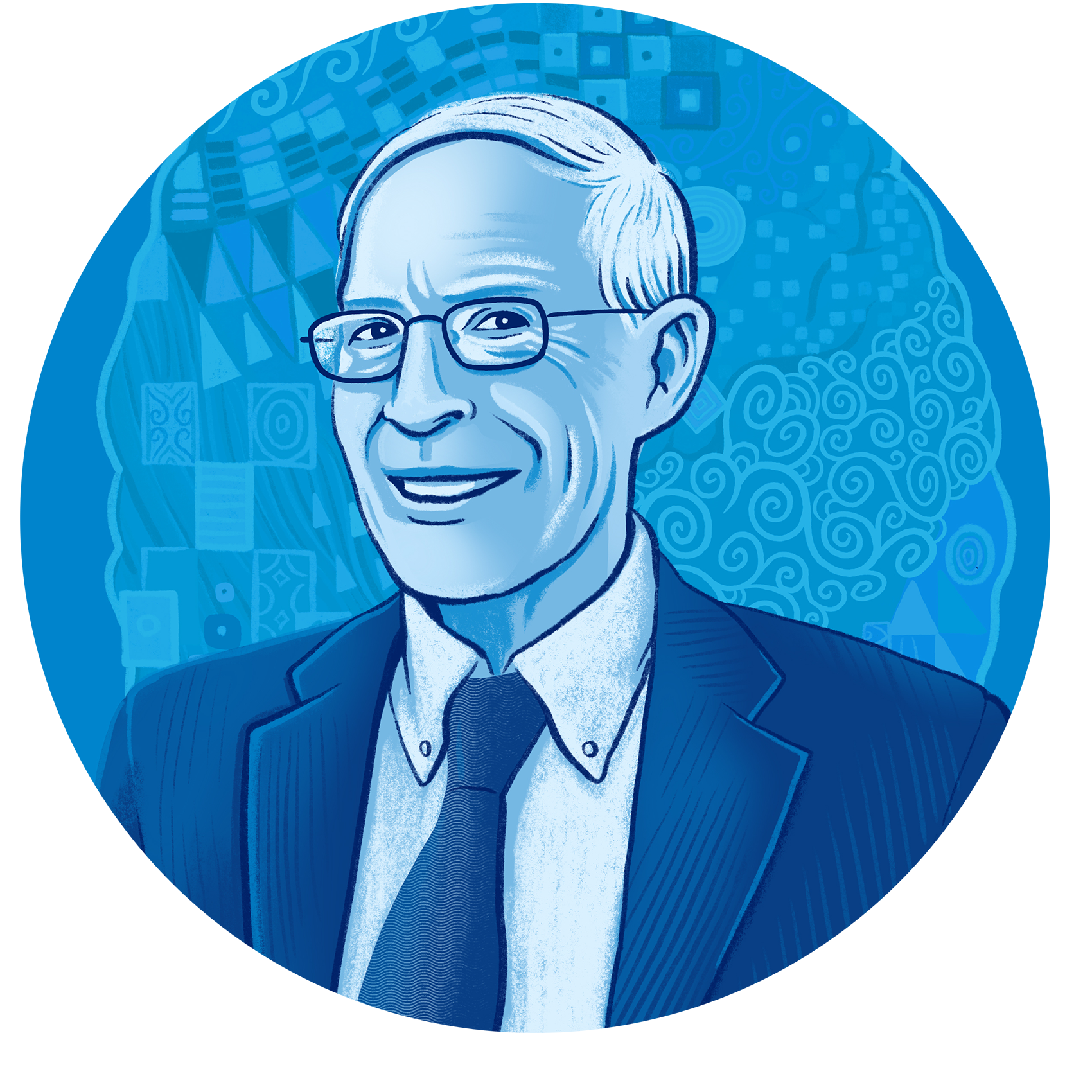
Years ago, Nobel laureate Eric Kandel, MD, linked the rise of Freudian psychology to the emergence of new art styles in 20th-century Vienna. This connection sparked the curiosity of Columbia College alumnus Alan Kanzer, the son of a prominent psychoanalyst who wrote about art.
“I found Dr. Kandel’s argument very stimulating,” said Kanzer, senior counsel at Alston & Bird LLP and a member of the Zuckerman Institute’s Brain Trust. “Those of us who are more inclined to the liberal arts, as I am, have much to learn from science.”
Over lunch with Dr. Kandel, Kanzer received an invitation to visit the Zuckerman Institute’s scientific laboratories, the beginning of his journey into the world of brain research.
On a trip to the lab of Sarah Woolley, PhD, he discovered that studying birdsongs can help researchers study human language. During a lecture by Charles Zuker, PhD, he became engrossed in the brain activities that give rise to our sense of taste. While visiting with Rudy Behnia, PhD, he learned that fruit flies play a key role in helping scientists understand vision — a discussion that continued on a trip they took together to see the scientific drawings of neuroscientist Santiago Ramón y Cajal at New York University’s Grey Art Gallery.
And along the way, Kanzer noticed something.
“Every last one of the neuroscientists in Zuckerman had a genuine interest in art: starting with a collection of art on their wall that means something to them,” said Kanzer.
As an art enthusiast and Columbia benefactor, Kanzer was eager to build more bridges between the humanities and the sciences. Conversations with the leadership about ways to advance the interdisciplinary spirit of the Institute led Kanzer to provide pilot funds in 2016. These funds shaped and catalyzed a residency program, which he ultimately endowed with a gift of $1 million in 2018. Known as the Alan Kanzer Artist-in-Residence Program, this flourishing partnership between Columbia’s Zuckerman Institute and School of the Arts brings together visual artists and neuroscientists, while reaching out to the local community beyond the Institute’s walls.
“Housed in the Zuckerman Institute’s beautiful Jerome L. Greene Science Center, this program provides an opportunity to reach out to the larger Harlem community,” said Kanzer.
In 2019, Sarah Sze, a Columbia professor of visual arts, became the first Alan Kanzer Artist-in-Residence. An accomplished sculptor and creator of art installations, she hosted a variety of events at the Institute, from a gallery walk and lunch for young researchers to a talk with Nobel laureate Richard Axel, MD, on how our brains construct reality. Contemporary painter Julie Mehretu succeeded her, joining the Institute in 2020.
“These artists bring spark and color to the Institute,” said Zuckerman director and CEO Rui Costa, DVM, PhD. “Though artists and scientists have different perspectives and methods, we both tend to be curious about the world, and when we come together, inspiration follows.”
Building on the success of the Artist-in-Residence Program, the Institute recently announced the new Alan Kanzer Writer-in-Residence Program. Designed to foster connections between authors and scientists, this program has its roots in the education Kanzer received as an undergraduate in Columbia College’s Class of 1965. He still remembers his admission interview, in which a chemistry professor surprised him with a deep knowledge of French existential literature, highlighting the cross-disciplinary ethos of Columbia University.
“I credit much of my love of literature to the College’s Core Curriculum, which exposed me to authors like Dostoevsky and Sophocles,” said Kanzer.
Kanzer has come full circle since his early experiences as an undergrad: from building personal relationships with Zuckerman neuroscientists passionate about art and literature, to nurturing public conversations between the humanities and sciences that testify to the special environment of Columbia and its location in New York City.
For Dr. Costa, Kanzer’s philanthropy celebrates the founding principles of the Zuckerman Institute.
“When this institute was created, Columbia University President Lee Bollinger set out a bold interdisciplinary vision, recognizing that the brain touches everything: from art and literature to the decisions we make every day,” said Dr. Costa. “The transformative support Alan Kanzer continues to provide helps to bring this vision to life: transforming how both science and art are created.”
Fiscal year 2020, from July 1, 2019, to June 30, 2020
With a historic year of ups and downs behind us, the Zuckerman Institute is looking forward to what’s next. In 2021, we’re focused on understanding science at its most basic level so we can make informed decisions and suggestions about brain health, longevity and cures for everyone. We’ll push the field of science forward by investing in training and resources for our most valuable asset: our people.
In 2021, Columbia’s Zuckerman Institute has the future in mind.